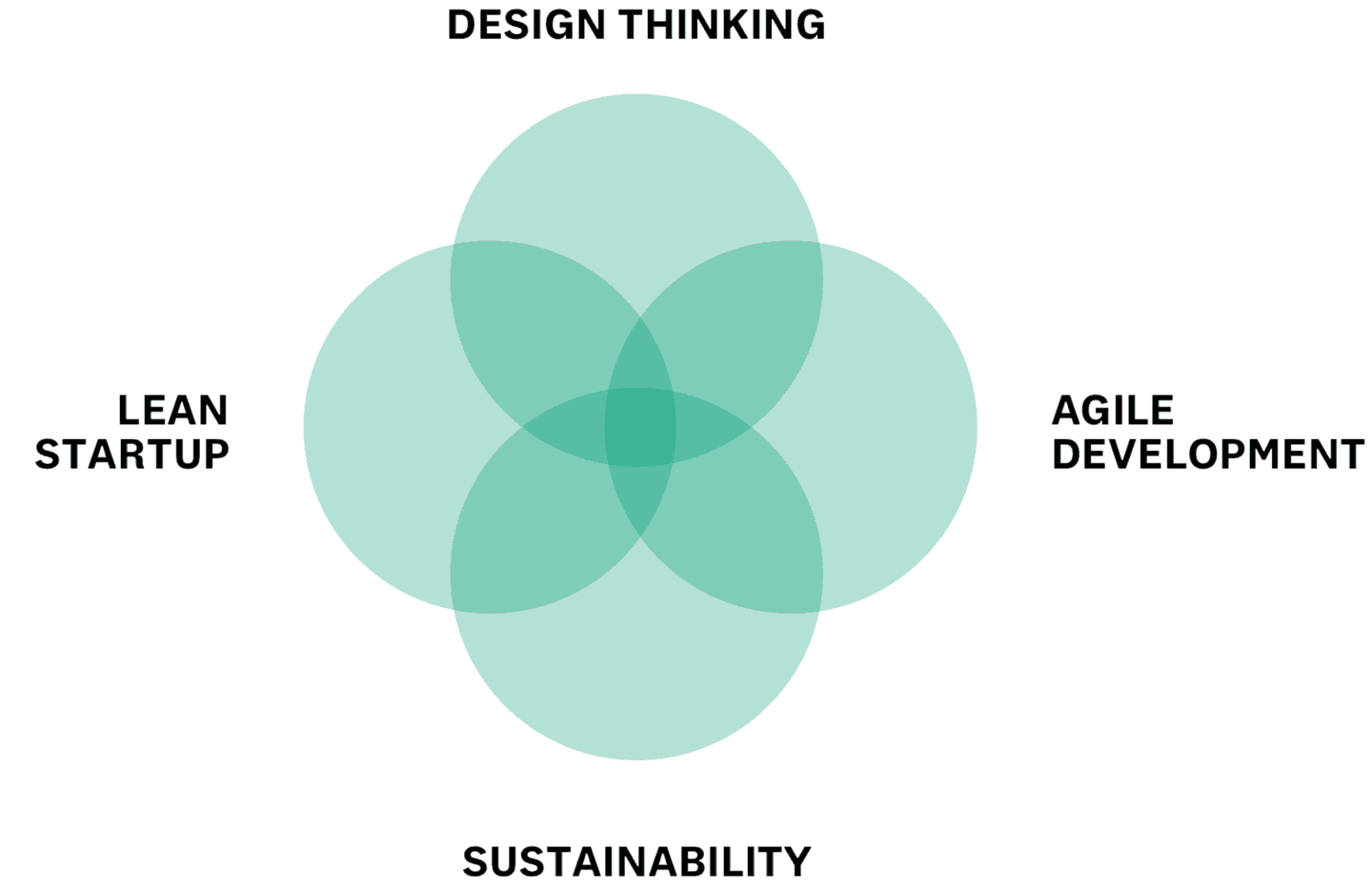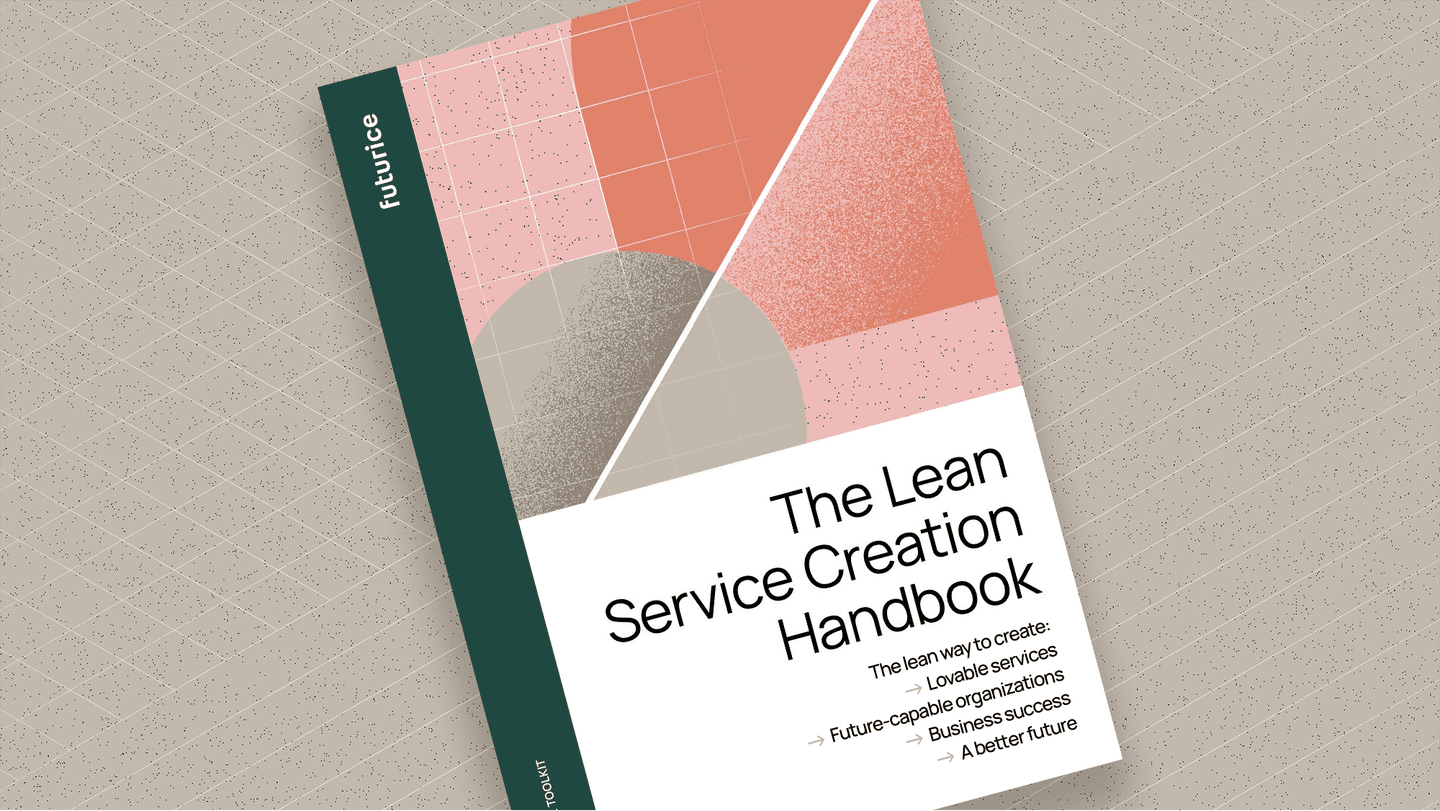Enhancing OKRs with Lean Service Creation: A winning combination
In this rapidly evolving business environment, successfully implementing OKRs (Objectives and Key Results) is a challenge many organizations struggle with. This blog post explores the powerful synergy of Lean Service Creation (LSC) and OKRs, offering a fresh, human-centric perspective on goal setting. Dive in to uncover how this integration could unlock agility, responsiveness, and customer engagement in your organization.

In today's dynamic business landscape, organizations are continually seeking ways to become more agile, responsive, and customer-centric. The adoption of OKRs (Objectives and Key Results) has gained immense popularity as a framework for setting and achieving goals. However, many organizations struggle to effectively implement OKRs that truly drive results and engage employees. That's where Lean Service Creation (LSC), a human-centric approach to innovation, can make a significant difference. This blog post delves into how the integration of LSC and OKRs can lead to better performance outcomes for businesses.
What is Lean Service Creation (LSC)?
Lean Service Creation is a design methodology that is centered around the principles of lean startup, design thinking, and agile development. It emphasizes continuous learning, iterative development, and user-centric design. By implementing LSC, organizations can create services that are more efficient, customer-centric, and adaptable to changes in market trends and customer preferences.

LSC contains a comprehensive set of canvases to guide you through the process in a manner that makes sure you’re asking the right questions and solving the right problems.
What are Objectives and Key Results (OKRs)?
Objectives and Key Results (OKRs) is a goal-setting framework that helps organizations define strategic goals and track progress towards achieving them. They consist of two main components:
- Objectives: These are ambitious, qualitative statements that define what you want to achieve. Objectives should be inspiring, time-bound, and aligned with your organization's mission and vision.
- Key Results: Key Results are specific, quantitative measures that track your progress towards achieving the Objectives. They are the tangible, measurable outcomes that indicate success.
OKRs promote focus, alignment, and engagement within an organization. The development of OKR is generally attributed to Andrew Grove who introduced the approach to Intel in the 1970s and was popularized by Google. While the concept is simple, effective implementation can be challenging, often leading to misalignment, ambiguity, and frustration within organizations.
Enhancing OKRs with Lean Service Creation
Lean Service Creation can enhance the OKR process in various ways to enhance organizational performance. Here's how:
- Enhanced alignment and engagement: In traditional OKR processes, objectives are often handed down from top management, leaving employees feeling disconnected from the goals. LSC encourages cross-functional collaboration, which means that Objectives can be co-created with input from teams and individuals across the organization. This collaborative approach leads to better alignment and engagement. Example: Validating OKRs in the organization using the LSC “Fake Advertisement” Canvas.
- A clear focus on objectives: By incorporating LSC principles and tools, organizations can ensure that their OKRs are customer-centric and adaptable to changes. This leads to clearer and more relevant objectives that truly address customer needs and market trends.
- More measurable key results: LSC's emphasis on continuous learning and iterative development aligns perfectly with the data-driven nature of Key Results. This means organizations can generate key results that are not only measurable but also provide valuable insights into how well their services are meeting customer needs and how they can be improved.
- Faster Iterations and Improved Responsiveness: LSC encourages rapid testing and learning, allowing organizations to iterate their services faster. This not only improves their responsiveness to customer feedback and market changes but can also help them achieve their OKRs more quickly. If your initial Key Results are not yielding the desired outcomes, LSC allows you to pivot quickly, adjust your goals, and course-correct.
Conclusion
The integration of Lean Service Creation and Objectives and Key Results offers a powerful framework for organizations seeking to enhance their performance in the digital age. By focusing on customer needs, promoting continuous learning and iterative development, and fostering alignment and engagement, organizations can set and achieve more effective OKRs. This ultimately leads to improved efficiency, responsiveness, and customer satisfaction - essential elements for success in today's fast-paced, customer-centric business environment.
Download our Lean Service Creation Handbook and try it out yourself. We are happy to spar with you!
 Alex RottensteinerAgile & Organisational Coach
Alex RottensteinerAgile & Organisational Coach




